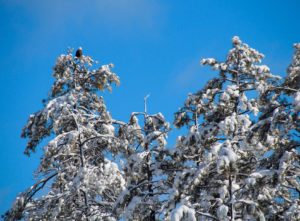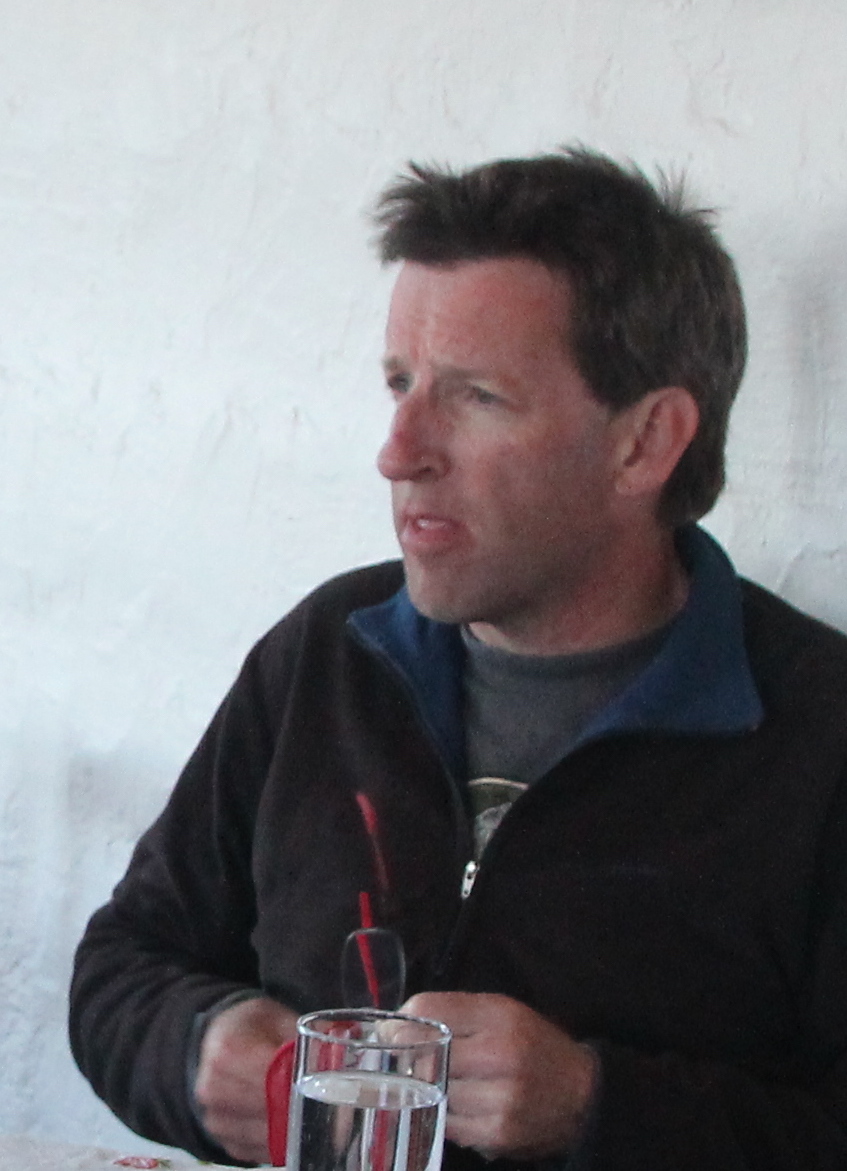 Poetry lives in the rigor of its format. A sonnet: 14 lines of 10 syllables each, with a specific rhyming scheme. Haiku: 17 syllables, no more or less. Even a randy limerick has to follow a precise line structure. What irritations writers have felt when what seems precisely the right word in its meaning doesn’t fit the meter or the rhyme—what tyranny, they ask, is this that constrains expression at the cost of form? Would-be poets who get irritated often enough, I suppose, turn to prose instead, where the rules are looser, or Twitter, where the primary rule appears to be: SHOUT to GET ATTENTION.
Poetry lives in the rigor of its format. A sonnet: 14 lines of 10 syllables each, with a specific rhyming scheme. Haiku: 17 syllables, no more or less. Even a randy limerick has to follow a precise line structure. What irritations writers have felt when what seems precisely the right word in its meaning doesn’t fit the meter or the rhyme—what tyranny, they ask, is this that constrains expression at the cost of form? Would-be poets who get irritated often enough, I suppose, turn to prose instead, where the rules are looser, or Twitter, where the primary rule appears to be: SHOUT to GET ATTENTION.
Looking for birds can be poetry or prose. My frequent low-commitment glances out the window, taking in the action at the feeder, constitute a sort of diary, an ongoing record of what’s happening without particular form. But the midwinter bald eagle count that I engaged in recently with my wife, as we do every January, is poetry, a stripped-down line of meaning that follows tight rules.
The line, in our case, is I-17, and it connects with lines followed by other volunteers along other roads. Everyone follows their routes at more or less the same time, the idea being to get a snapshot—or stanza, maybe—of how many eagles are wintering in Arizona, migrants down from Idaho, Montana, British Columbia. We can’t diverge too much from what’s proscribed—no detours to the tantalizing Kachina Wetlands, or the fascinating O’Dell Lake in Munds Park, or the pools of Wet Beaver Creek; no traipsing deep into the forest on a whim. No, on this outing our guide is the interstate itself, an indifferent ribbon of asphalt that we follow because it serves as a ready means of inquiry, just as a line of writing does.
We begin, always, on the bridge that leads to the airport, the San Francisco Peaks sharp-edged and crystalline, looking unfathomably high and cold. This January, they were brilliant white, pure—something that couldn’t be said of the piles of crusted and blackened snow we had to navigate on the side of the road. The drill begins: study the trees, scan the sky, turn around, look the other way, feel the cold bite. Interstate traffic speeds below, the whine of tires on pavement always surprisingly loud because it’s a sound we pay no attention to when we ourselves are driving. Stay long enough to feel we’ve tried. In almost 20 years of doing this we have never, to my recollection, seen an eagle from this first vantage point. Fine. This stop is only a warm-up.
Into the car. My wife drives, I look around. It is unsettling, always, to drive slower than usual on the interstate. You have probably had this experience: you’re driving along, trying to maintain a steady pace, when there in front of you is an overladen semi or a barely-holding-it-together beater. Maybe it’s a chugging VW campervan. In southern Arizona, it’s often an old Toyota towing another, headed for Mexico. In any event, it’s moving a good deal slower than you are, and it’s in the way, and whatever it is it’s an irritation at best, a real danger at worst, an impediment to the smooth flow of travel.
Now, we are that impediment, the blockage in the artery, a heart attack waiting to happen. We tool along in the right lane, as slowly as possible while remaining reasonably safe. My job is to look, hard. Scan the tops of the pines, knowing that eagles are big enough that they’ll perch only where the branches are big and stout and open enough to support them and allow them easy access. In most cases that means they’re perching on the snags. So I look closest at those, always hoping for a glimpse of a chunky body, a white head.
Next stop: Kachina, where we get off the pounding highway and park along the much quieter parallel road. Here we can stand, scan the trees, take our time. There’s a pond; there are ducks. Though bald eagles are primarily fish eaters they have no objection to a duck, or a coot. We try to look carefully. But guess what: it snowed a day earlier. Almost every pine tree is decked with blobs of white, any one of them a passable simulacrum of an eagle’s head. They all need to be looked at, at least briefly. It’s enough to make you crazy. Often we do spot an eagle or two here. This time, none.
Onward: Kelly Canyon, Newman Park, Willard Springs, where a state trooper stops by to check that we’re OK. Eagles? He says. I usually see them down by the overlook. But not until we get to the old rest area by Munds Park does an eagle show up, high and exposed on a bare snag. We have to stop to look. We hope, always, that one eagle means there will be others–that they have come to feast on a road-killed elk, but also we stop to look just because we have to. It’s an eagle, after all.
The area south of Munds Park used to have more eagles than anywhere else, until the state built an elk-proof fence along the highway a few years ago. That dramatically lowered the rate of roadkill, so it has been quite a few years since we saw the spectacular if undesirable sight of up to a dozen eagles perched on or near a carcass. But fortunately there is the overlook, where the ponderosa pine forest gives way to a spectacular Verde Valley vista and cold updrafts. Open views, some coffee from the thermos, and invariably—so far—a few eagles soaring.
One eagle—young, lacking the white head—is perching on a snag to the west. Two are soaring in that direction, far enough away that they will be recorded as unidentified. Another ducks behind the rim to the east. We give thanks, if for no better reason than simple competitive instinct: we would feel abashed to come home having seen only a single eagle.
To date we’ve never been skunked, which says more about the bald eagle than about us. They’ve come back nicely after a brush with endangerment back in the mid-20th century. At home we await the results from the other routes. Collectively we usually spot a few dozen eagles on or near the Coconino National Forest. And for the rest of the year we’re reminded, when we drive to points south, that a glimpse of the wild can show up outside the windshield even in well-trafficked places.

